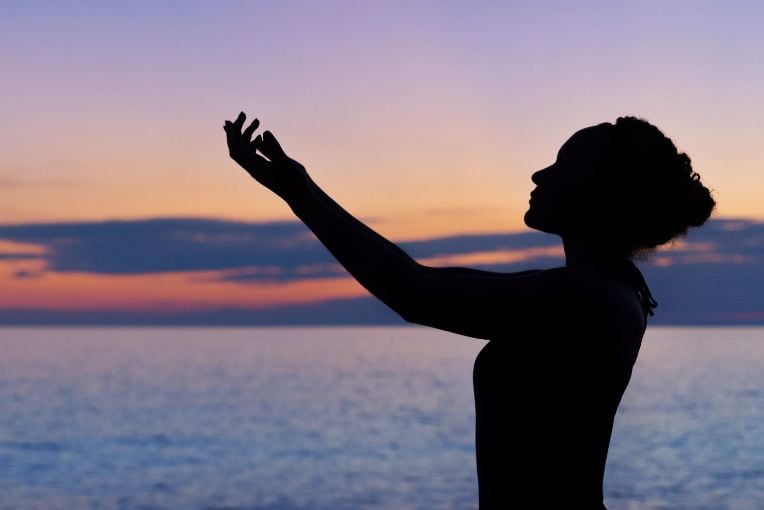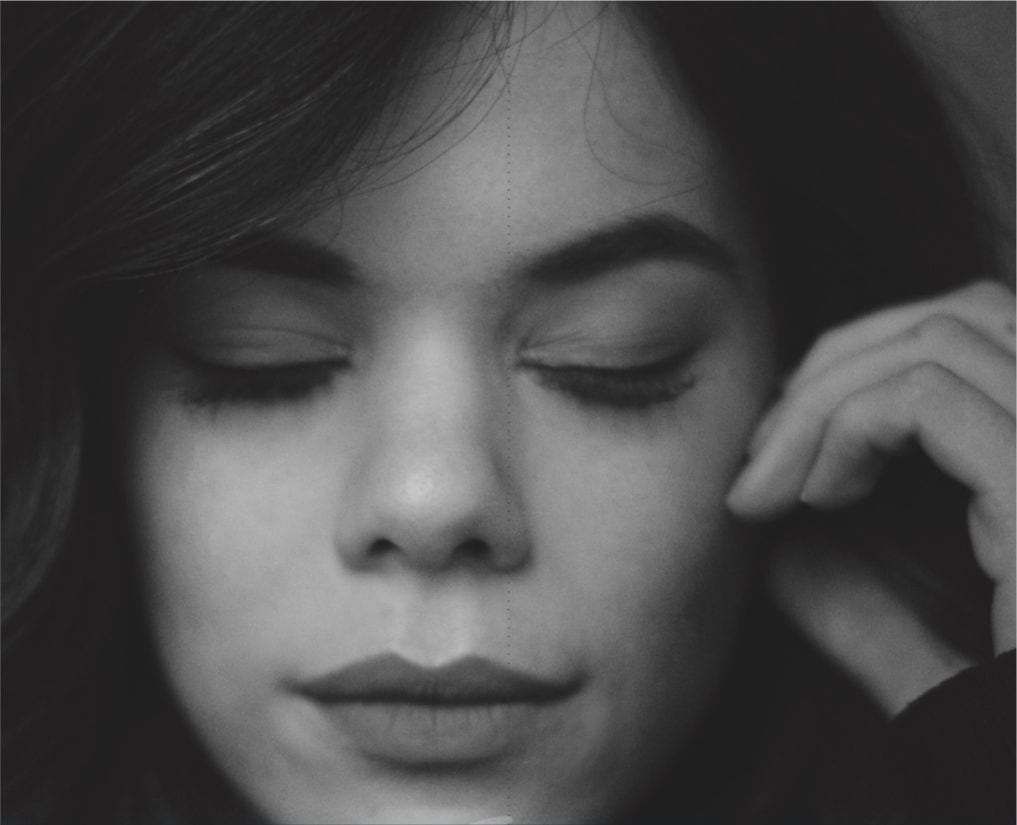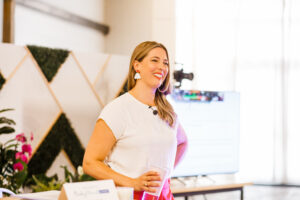My story doesn’t exist. It’s unique. Mine.
One that I didn’t ask for, nor one I wanted.
Stillness wasn’t a choice, but forced; determined and dictated by numbers calculated with biweekly blood tests. Tests that my body consistently failed.
I was 9 when I was diagnosed with ITP (Idiopathic Thrombocytopenic Purpura — say that five times fast!), a rare bleeding disorder in which the immune system destroys the platelets necessary for normal blood clotting. The lucky kids who receive this diagnosis have it resolved within 12 months; their body functioning the way it was designed. I wasn’t one of the lucky ones. Biweekly blood tests for seven years that decided if and how I could be active. Every Tuesday and Friday I would call the lab for the results that decided what I got to do. My platelet count determined my life.


35 = Ok, Halinka, you can play volleyball, but no basketball.
29 = Yes you can swim, but absolutely no diving off the diving board.
22 = Halinka, it’s time to come to the hospital; we will see you at 2pm for your transfusion.
11 = Don’t pack a bag, get here now. Drive safe.
Numbers under 20 required a hospital visit for Intravenous immunoglobulin (IVIG) treatments, which raised my platelets temporarily before they crashed after 3 weeks. The first week, I always felt amazing. My energy levels were high, and I was allowed to do anything I wanted without fear of bruising or bleeding or internal hemorrhaging, a word no 9–year–old should know. I was the opposite of still at this time as I had to get in all the play time and activities I had missed in a confined window of time.
Yet, there was always that dreaded moment when the results were such that I packed my bag and went to stay in the hospital for yet another treatment.
I learned to fear stillness.
Stillness meant wearing the blue open back hospital gown that smelled stale and had an unnatural stiffness to the fabric. Stillness meant being hooked up to equipment that constantly hummed and beeped, keeping me confined to a mattress that never was comfortable. Stillness meant keeping my arm and hands in stiff positions because that was the spot they were able to access since my veins were shot after so many IVs.
Stillness meant I was sick.
After seven years I made a decision to try the last resort and elected to have my spleen removed, giving me a 50% chance that would allow me to live the way I wanted without fear of bleeding. I flipped the coin and bargained a life without significant bruising and bleeding for a life with a significantly weakened immune system.
I am now 22 years spleenless. I am one of the lucky ones; my ITP is in remission. Although this is something to be so joyous over, I am unable to do so. That part that I bargained for an active life still forces me into stillness when I’m sick. Feeling that I always have to try to be one step ahead and trying to outrun the inevitable stillness my body forces me into because it’s not working the way it’s supposed to.
The paradox is if I learned to embrace stillness vs fear it wouldn’t require the extreme #2×4 therapy that then happens to give my body the rest it requires.

#2×4 therapy: divine intervention that whacks you over the head and forces you to listen.
There has been resentment of the forced stillness, and I find myself naturally wanting to be in a constant state of doing. In order to navigate stillness I have learned that stillness doesn’t have to mean nothing. There can be stillness in the momentum of life. It’s not an either/or, sick or healthy, stillness or doing. I can experience moments of stillness.
Stillness is accepting the invitation in the pause.
Stillness is experienced in the first sip of coffee, the pause between being aware of the steam and aroma hitting my nose and the warm, velvety taste experienced by my tongue.
Stillness is the moment when I notice all the different shades of green in nature during a road trip.
Stillness is in my prayer thanking God before my meal.

Stillness is in the intentional breath I take as I connect to my body either before an intense workout or before I fall asleep.
Stillness is experienced when I am fully present, engaging in all my senses, fully integrated body, mind and soul. Navigating stillness no longer becomes forced nothingness, but a fully engaged process. A process that is not forced, but allows room for choice. Choosing to accept that rest is an essential part of my hustle and growth can be a part of my stillness.
As I learn to navigate stillness, I learn that I no longer have to be resentful of the body God gave me.
Navigating stillness in this way has taught me that my body is a gift.
stillness is accepting the invitation in the pause.
Halinka Van Minnen
Certified BodyMind Coach
Halinka is the creator of The Happy & Healthy Place. With her 14 years as
a massage therapist, Halinka learned that just treating physical discomfort only provides a band aid approach. As a BodyMind Coach Halinka works with women who experience chronic stress and pain, helping them align with possibility so they can live happy and healthy on purpose.
Her clients discover they don’t have to live in a constant state of chaos. Instead they learn to treat their bodies as a best friend learning new behaviour patterns that beat stress and decrease pain to allow them to be fully present in their life.
Halinka also holds a Health Science degree and is a yoga instructor. Halinka’s faith is her anchor and driving purpose in life. She lives in Ontario, Canada.
IG: @HappyHealthyPlace
FB: happyandhealthyplace




